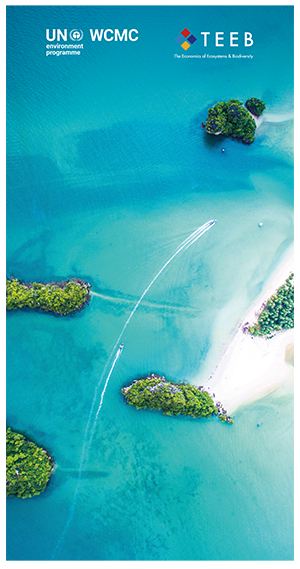

The loss of coastal habitats will leave over half a billion people more exposed to sea level rise and extreme weather events1. The Global Assessment from the Inter-governmental Panel on Biodiversity and Ecosystem Services (IPBES) demonstrates that while coastal areas host some of the most ecologically productive systems in the world, coastal habitats have been severely damaged by human activities. The list of pressures upon coastal resources is long: shifting patterns of human development and demographics (e.g. coastal migration, population growth, urban sprawl); pressures from land-based economic activities (e.g. nitrate runoff from agriculture, coastal erosion from tourism); direct interventions in marine and coastal ecosystems (e.g. offshore aquaculture, mariculture, bottom trawling, off-shore wind farms; off-shore mining). In coastal areas, many economic sectors interact with the same set of natural ecosystems. As coastal populations grow, coastal biomes are being increasingly asked to produce food, support recreation and tourism, facilitate trade and transportation, and generate renewable energy. These demands illustrate the immense value that we receive from marine and coastal spaces, value that is often invisible in current economic metrics. The density and complexity of this myriad of human-nature interactions obscures their impacts and the trade-offs of decisions we are making along our coasts.
TEEB for Coasts is an effort to reveal the value we get from the sea and shore and make transparent the trade-offs inherent to public and private decisions. Together with the UN Environment Programme World Conservation Monitoring Centre, TEEB has developed the TEEB for Coasts Evaluation Framework to help decision makers measure what matters and deliver opportunities for sustainable development in the coastal zone.
1 Global modeling of nature’s contributions to people | Science (sciencemag.org)
